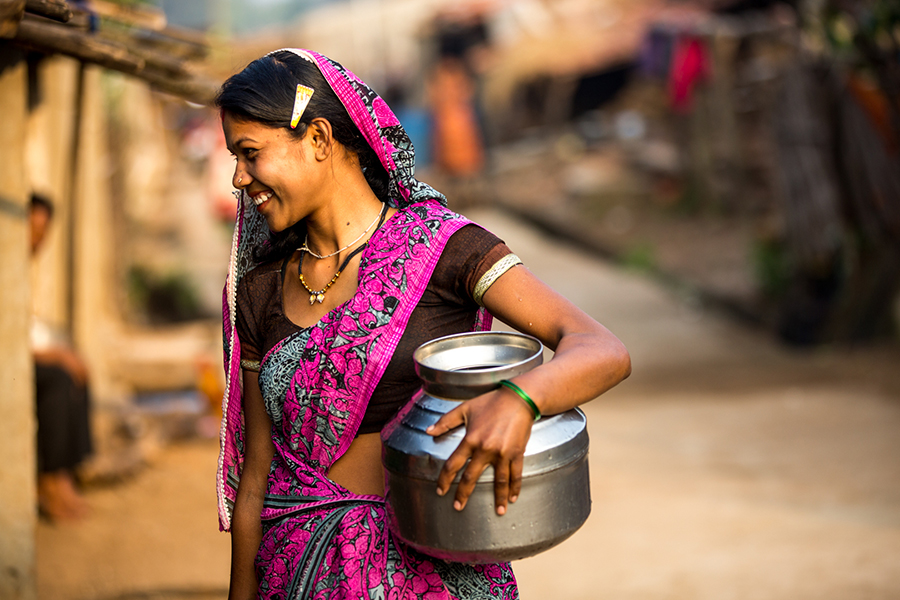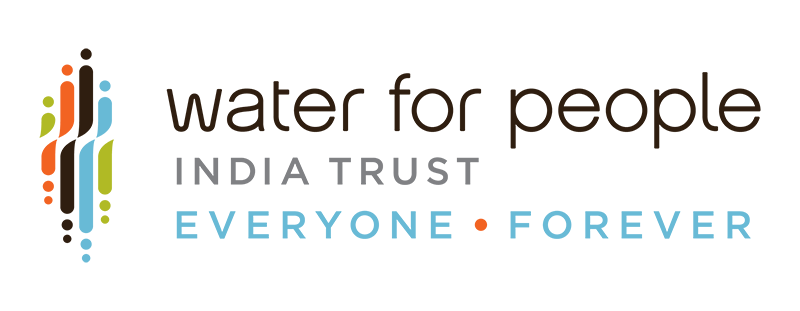Rooftop rainwater harvesting is a technique through which rainwater is captured from household rooftop catchments and stored in a designated reservoir. Harvested rainwater can be stored in these reservoirs for future household consumption, and any overflow can be stored in subsurface groundwater reservoirs for additional uses, such as irrigation.
Generally, aside from the impurities picked up from the atmosphere, rainwater is free from most chemical and bacteriological contamination. This makes it an inexpensive option for household consumption with minimum treatment. Since the quality of rainwater may deteriorate during the harvesting process, storage, and household use, simple UV technology can ensure sufficientwater quality, along with minimal periodic coagulants.

Once household consumption needs are met, we can direct the overflowed water into a separate pit to recharge the groundwater. This recharge can then be extracted for future uses, such as irrigation for summer crops.
For optimal rainwater harvesting conditions, the catchment area should be a minimum 100m2 in areas where the annual average rainfall is greater than 1,350mm. In arid zones where the rainfall is less than 700mm, the catchment area should be at least 200m2. Rainwater harvesting can be especially useful in these arid areas where the amount of water collected can serve a village of 50 families for more than two months (for consumption only).
To maximize rainwater harvesting, Water For People recommends the following measures:
- The catchment should have rectification measures, such as plastering or run-off turnings, if required.
- The gutter and recharge pit should be designed according to the highest intensity rainfall days and soil profile.
- Rainwater should be channelized through one specially designed filter, depending on the level of impurities.
In India, Water For People is designing rainwater harvesting sites in the Nalanda District of Bihar State, where the annual average rainfall is 1,002mm. We are designing for 17.5m3 of harvested rainwater for consumption and 210m3 for groundwater recharge. After the rainwater is harvested, we treat the water through a UV process and recommend a 14-parameter water testing process prior to consumption. After consumption needs are met, communities are alsostoring a portion of the rainwater in a masonry storage tank. Periodically, we apply the required coagulants to keep the water safe for the next season of water scarcity.
Because this is a new technology in the area, local acceptance is the major challenge. Water For People continues to socialize the benefits of rainwater harvesting with communities. We organize capacity building activities focused on integrated water resources management (IWRM) and behavior change. We highlight the challenges associated with groundwater depletion, especially limited access to water during the peak of summer. If we implement an appropriate integrated water resources management approach and all households adopt these techniques, then in one or two seasons, the groundwater could increase considerably to 0.60-0.80m. This will help communities meet a good portion of unmet demand.





















































